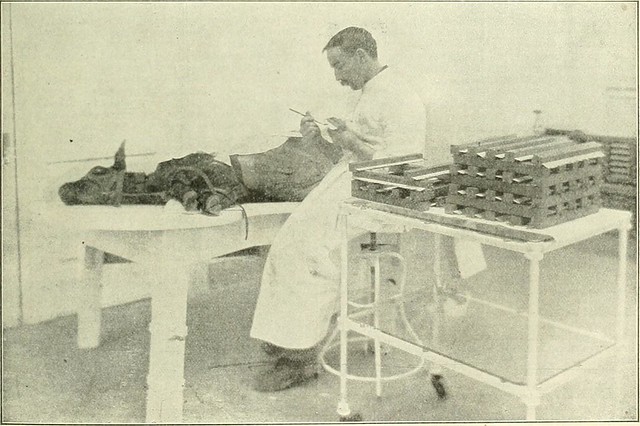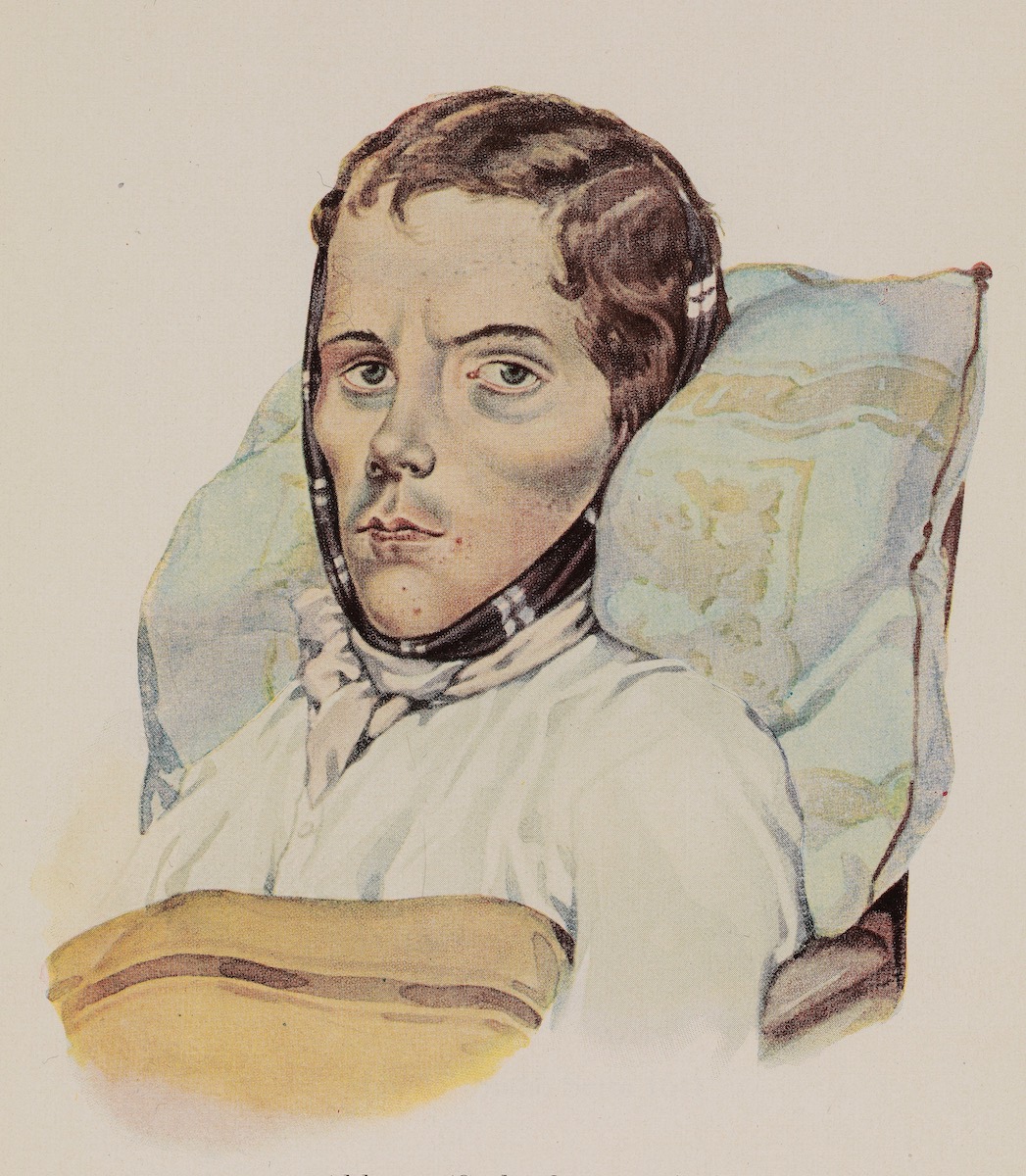Mycobaterium tuberculosis

-
Description
A colorized scanning electron micrograph of Mycobaterium tuberculosis, the bacteria that cause TB. Tuberculosis (TB) Tuberculosis, commonly known as TB, is a contagious and an often severe airborne disease caused by a bacterial infection. TB typically affects the lungs, but it also may affect any other organ of the body. It is usually treated with a regimen of drugs taken for 6 months to 2 years, depending on the type of infection. Multidrug-Resistant Tuberculosis (MDR TB) MDR TB is a form of drug-resistant TB in which TB bacteria can no longer be killed by at least the two best antibiotics, isoniazid (INH) and rifampin (RIF), commonly used to cure TB. As a result, this form of the disease is more difficult to treat than ordinary TB and requires up to 2 years of multidrug treatment. Extensively Drug-Resistant Tuberculosis (XDR TB) XDR TB is a less common form of multidrug-resistant TB in which TB bacteria have changed enough to circumvent the two best antibiotics, INH and RIF, as well as most of the alternative drugs used against MDR TB. These second-line drugs include any fluoroquinolone, and at least one of the other three injectable anti-TB drugs: amikacin, kanamycin, or capreomycin. As a result, XDR TB needs up to 2 years of extensive drug treatment and is the most challenging to treat. Credit: NIAID http://www.microbeworld.org" >www.microbeworld.org -
Owner
Microbe World -
Source
Flickr (Flickr) -
License
What does this mean? Attribution-NonCommercial-ShareAlike License
-
Further information
Link: https://www.flickr.com/photos/42636622@N07/6230487061/
Resource type: Image
Added by: Simon Cotterill
Last modified: 8 years, 10 months ago
Viewed: 1047 times
Picture Taken: Unknown -
Co-Curate tags










